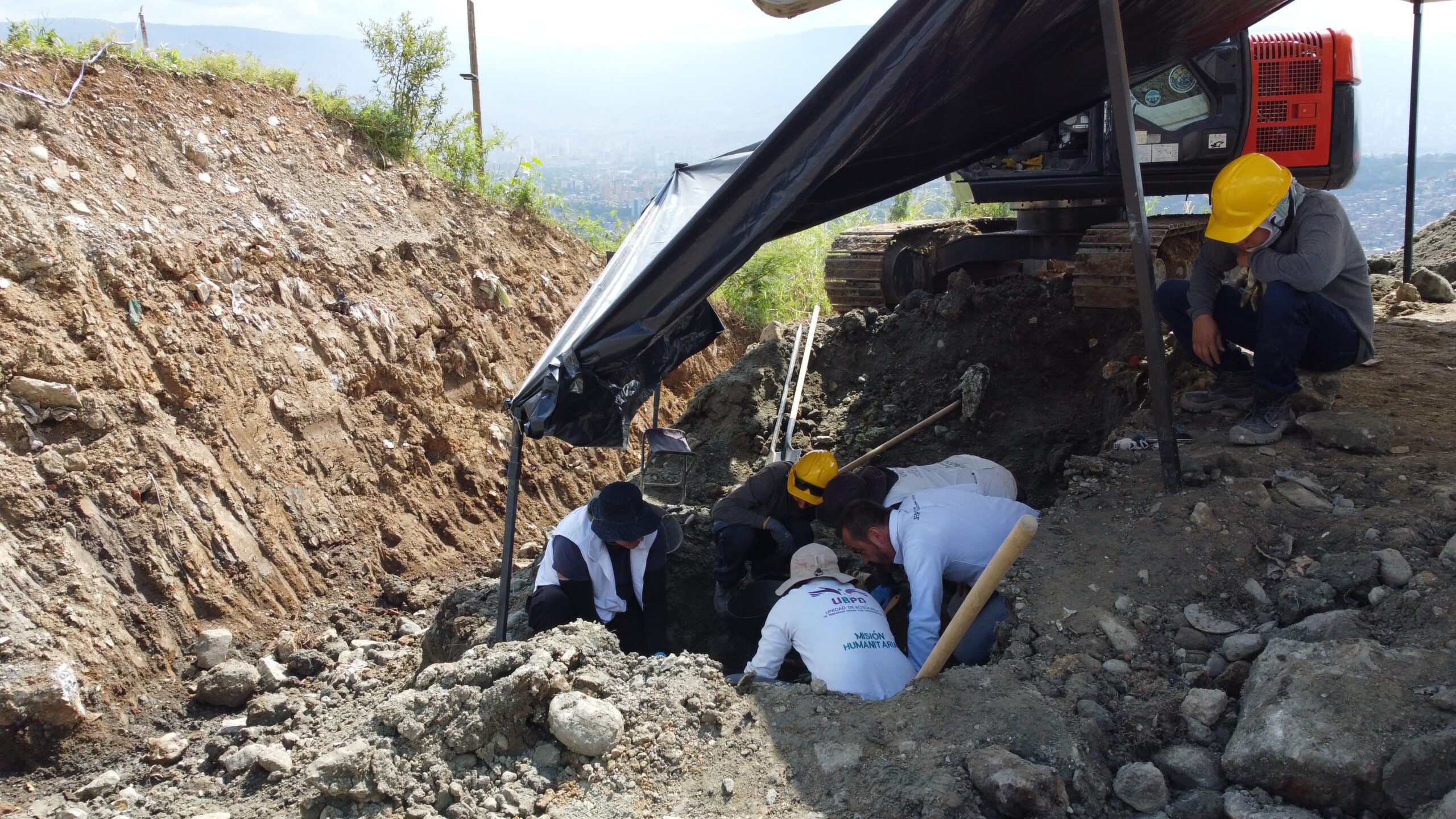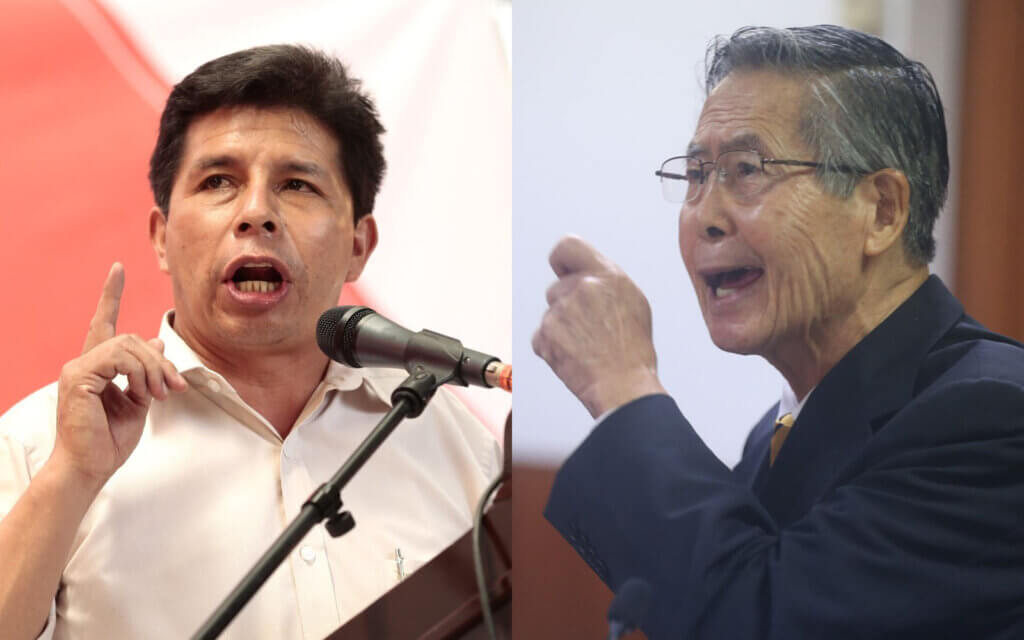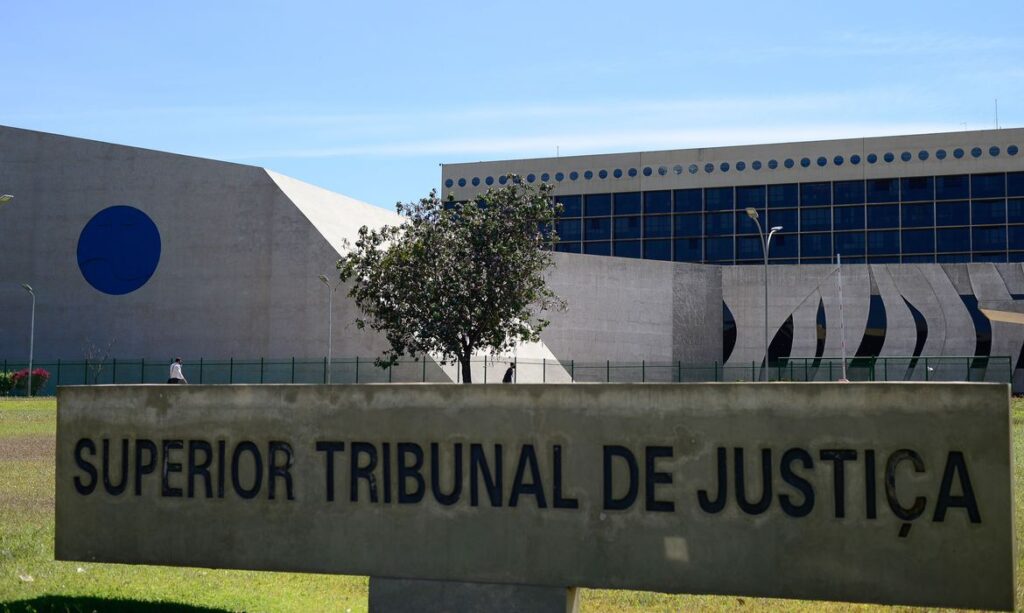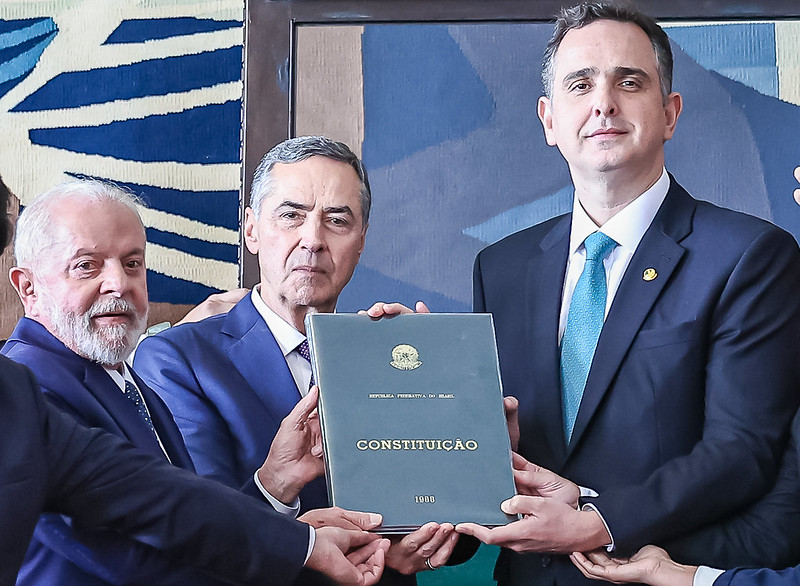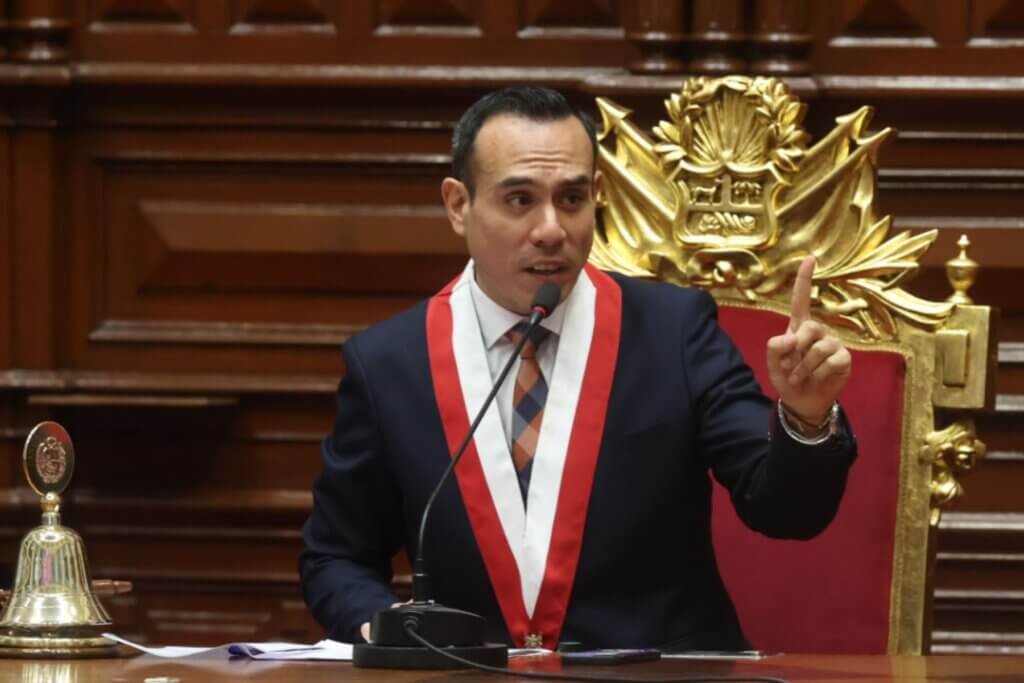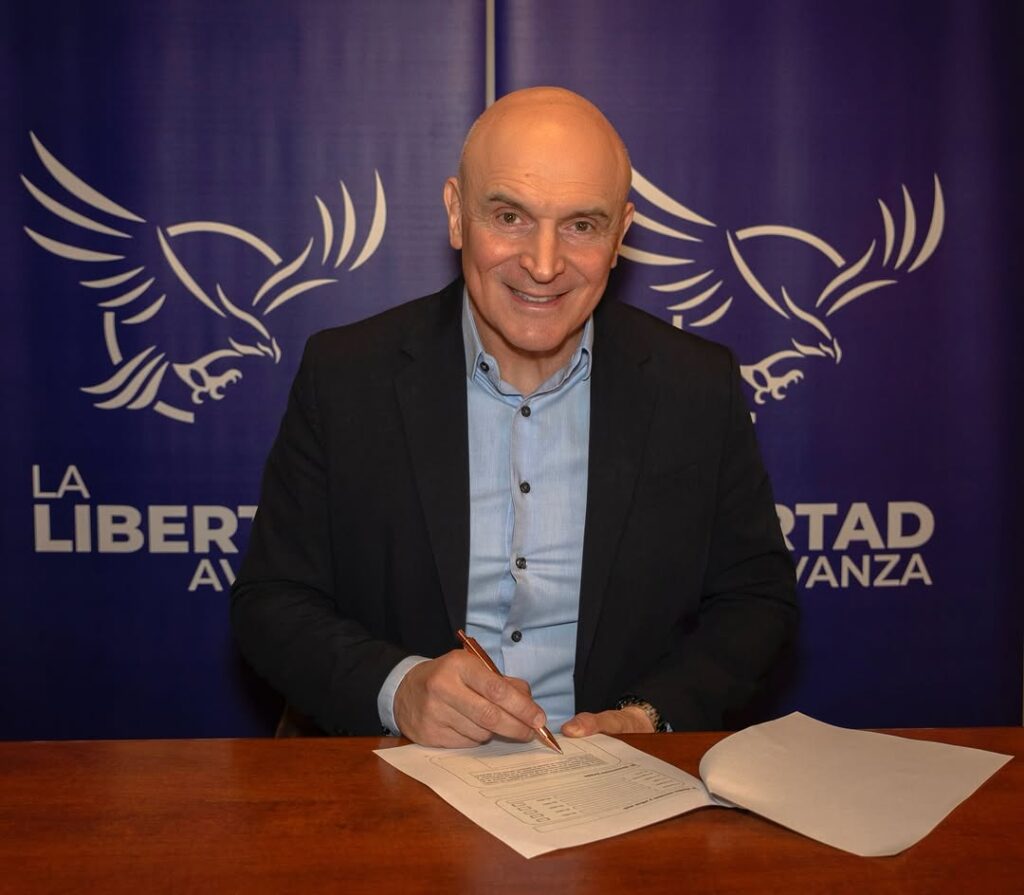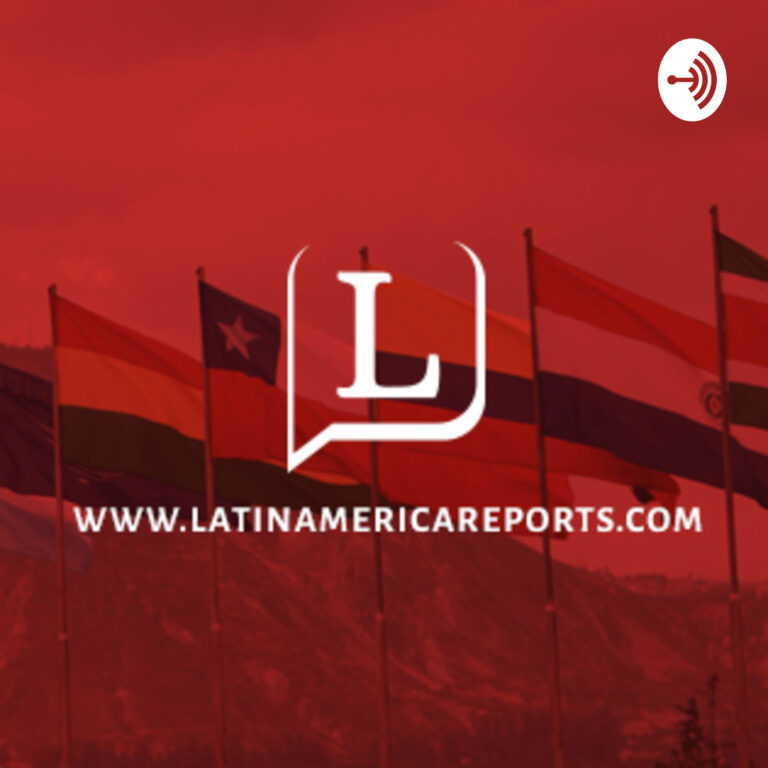Following Colombia’s transitional justice system classifying Medellín’s La Escombrera landfill as the site of a mass grave, officials have identified the remains of two people found in the excavation area.
According to the Special Jurisdiction for Peace (JEP), one of the bodies is that of a 20-year-old woman, who was last seen by her family on July 30, 2002, when she left home for a meeting about the youth sports group she led. That night, presumed members of the Cacique Nutibara paramilitary bloc interrupted the meeting and kidnapped her.
Investigators believe the young woman was kidnapped from the western Comuna 13 district and transported north to the adjacent town of San Cristóbal, where a paramilitary base openly operated at the time. Later, she was taken to La Escombrera, next to Comuna 13, where another paramilitary base was located. It was there that investigators say she was murdered and buried.
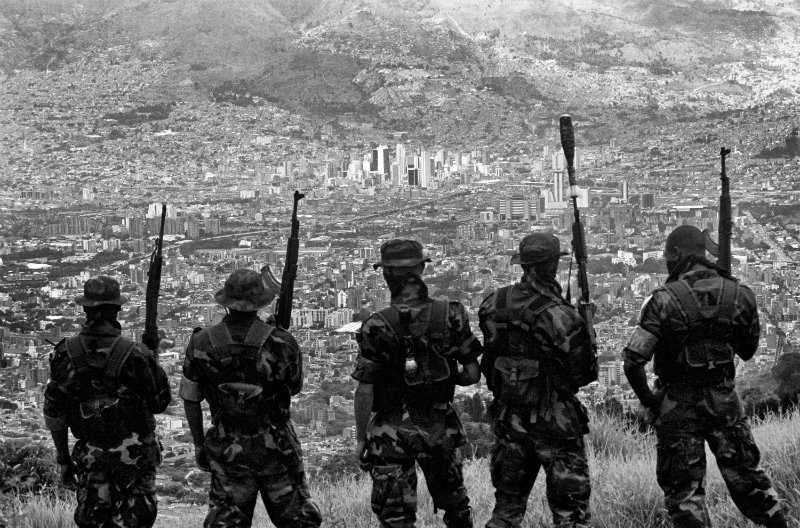
A second body found at the site belongs to a mentally and physically disabled 28-year-old man, who lived with his parents and worked as a street vendor. According to the JEP, the man left his house on the morning of October 13, 2002, never to be seen by his family again.
The man, who also suffered from epilepsy and mobility issues, was particularly vulnerable, according to the JEP.
His murder was also attributed to the Cacique Nutibara bloc, in possible collaboration with the José Luis Zuluaga faction of the Magdalena Medio Self Defense Forces (MMSDF), another paramilitary group which operated under the umbrella United Self Defense Forces of Colombia (AUC).
So far, the Colombian Missing Persons Search Unit (UBPD) has excavated 15 meters into the mountain of rubble, and has announced they’ve found the remains of four bodies.
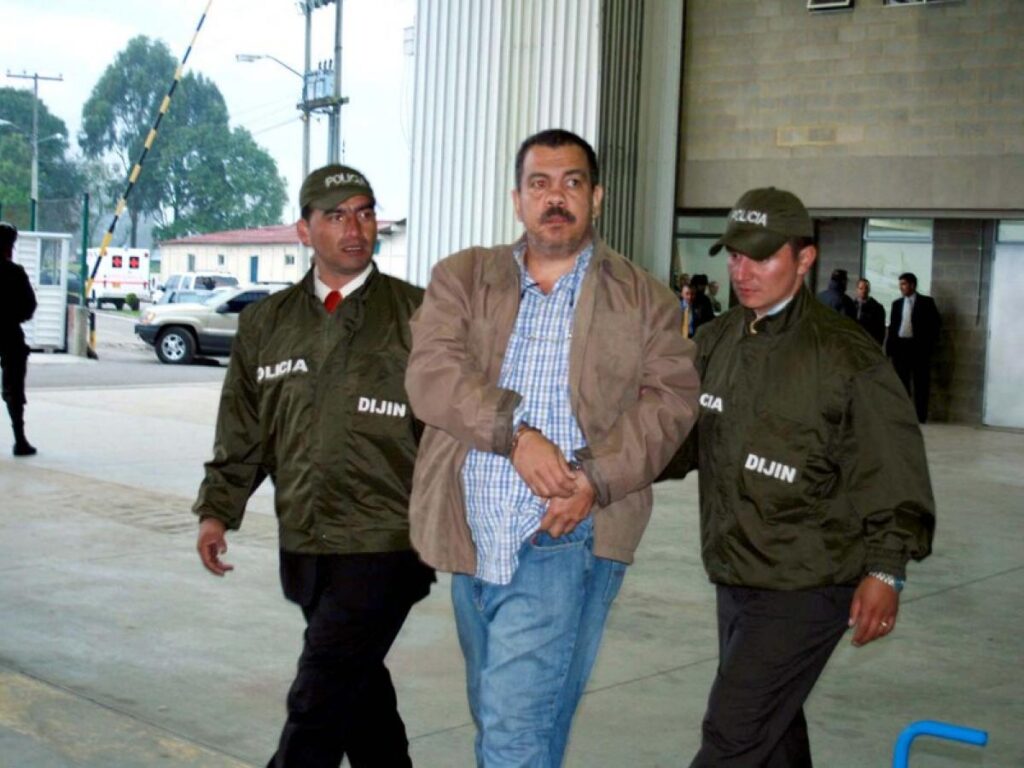
Image Credits: Colprensa via Radio Nacional de Colombia.
These two victims’ positive identification has confirmed that this is the ground layer from the 2002-2004 period, when the highest number of forced disappearances were recorded in this sector of Medellín.
Diego “Don Berna” Murillo Bejarano, who commanded the Cacique Nutibara bloc at the time, testified in 2013 before the Colombian Justice and Peace special paramilitary proceedings.
When asked about La Escombrera as a body-dumping site, Bejarano stated, “According to the version that several people gave me, and especially after I spoke with Commander ELKIN, who led the zone at the time, I can say that there could be over 500 bodies buried [at La Escombrera].”
The two victims’ names have not been revealed, in accordance with their families’ request.
A race against time
The remains of at least four people were initially found in December 2024, after excavations resumed in July. These investigations briefly started in 2015, although they were suspended quickly thereafter. In 2019, the JEP began investigating.
Read more: Bodies in Medellín landfill were victims of forced disappearances
For decades the families of the Comuna 13’s missing had demanded that La Escombrera be searched for remains of their loved ones. As a former invasion neighborhood strategically located as a transit point to the Gulf of Urabá on Colombia’s Caribbean coast, the easy establishment of drugs and weapons trafficking routes led to violent clashes.
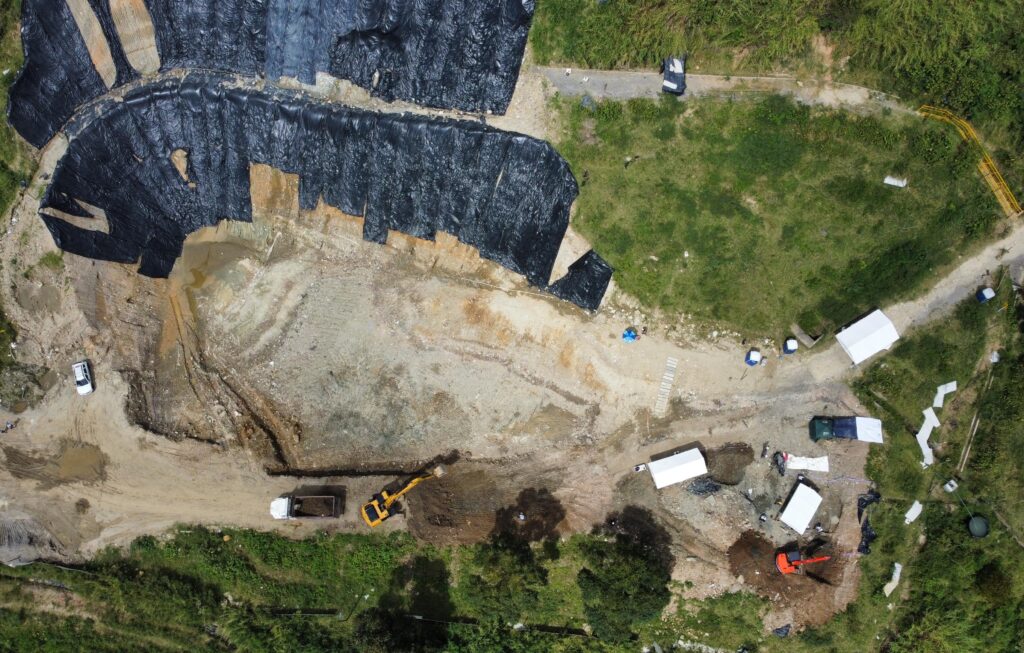
The residents of the Comuna 13 experienced the rivalries between leftist guerrilla organizations, right-wing paramilitaries, drug trafficking organizations and state security forces first-hand. Between 1978 and 2016, 435 people went missing in the district, as per the JEP. The Corporación Jurídica Libertad human rights NGO, however, alleges that over 100 of these cases happened during Operation Orión, a 2002 siege on the Comuna 13 by the Colombian military aided by right-wing paramilitaries.
The months-long operation is recognized due to the employment of excessive force by the Colombian military, as well as arbitrary detentions and alleged collusion between state agents and the Cacique Nutibara bloc.
Although the JEP’s investigators and forensic specialists are still working on La Escombrera, they are in a race against time to produce results and contribute to Colombia’s truth telling post-conflict efforts.
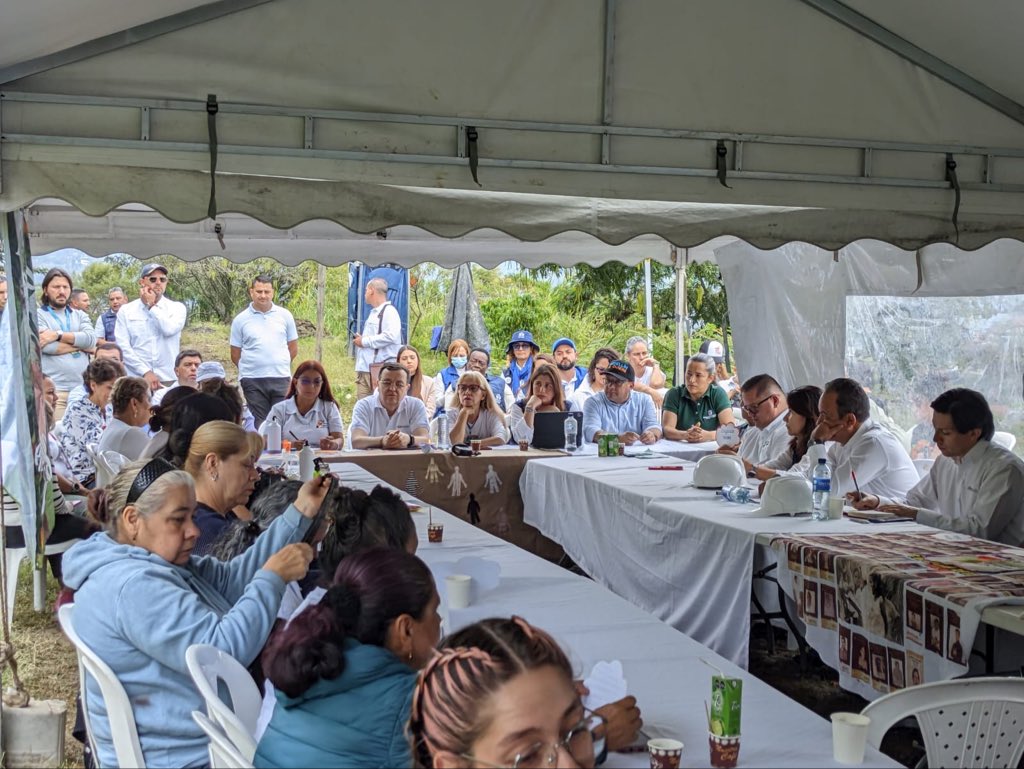
Image Credits: JEP Colombia via X.
This transitional organism was created by the 2016 Peace Process, signed between the government and the Revolutionary Armed Forces of Colombia (FARC) guerrilla, and tasked with investigating, clarifying, judging and sanctioning the most serious crimes that occurred during Colombia’s decades-long armed conflict.
The JEP, however, is limited to a timeframe of maximum 20 years. Of these, 10 must be used for investigating alleged crimes, and five must be spent issuing rulings. If needed, the organism’s operation period can be extended for an additional five years.
Because the JEP has been operating since March 2017, it is to conclude its investigation period by 2027 and issue all rulings by 2037. So far, it has not issued sanctions in any of its 11 cases.
The findings in La Escombrera correspond to the JEP’s eighth case: “Crimes committed by public forces and paramilitaries.” It is unclear as to how many more bodies are buried, and how much time will be needed to identify them and sanction those responsible for their murders and clandestine burials.
Featured image credit: JEP Colombia via X.


